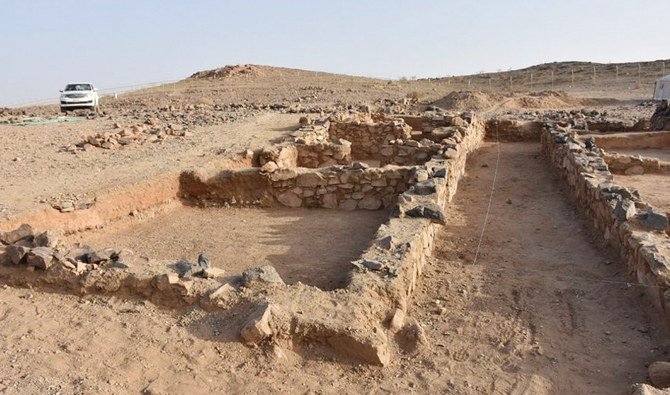Hawzah News Agency (Bisha, Saudi Arabia) – A third mosque has been discovered during excavations at the site of ancient mining colonies at Al-Abla in Bisha, in the Asir region of Saudi Arabia.
|
The discovery was made by a team from the Department of Archeology and Museums at the Saudi Commission for Tourism and National Heritage (SCTH). “The excavations kicked off at the facade of the mosque, which has an area of 2,616 square meters, where we discovered walls of stone covered with white plaster,” said Abdullah Al-Aklabi, the head of the excavating team. The floor consists of crushed gravel mixed with sand and water, covered with a layer of fine gravel, he added. At the center there is a half-circle mihrab, and in the southeast side two rooms have been found, one of which was used to provide light for the mosque. The SCTH has implemented four excavations in Al-Abla. It is considered one of the most important ancient mining sites, as it was located in what was the historical southern sector of the ancient trade route for spice and incense, linking southern and northern Arabia. The site bears witness to the economic activity of the ancient southern kingdoms of Arabia, a role that thrived during the peak of trade by the Quraish, a tribe of merchants in Makkah. Al-Abla retained its mercantile role after the rise of Islam as it was an important stop on the pilgrimage route linking Sanaa to Makkah, in addition to its economic role as a mining colony, in particular during the first few centuries of Islam. Archaeological excavations are being carried out at the site to reveal and understand the socioeconomic hierarchy of the time, and to identify the various epochs of settlement at the site. Future archaeological works are expected to explore the transformation in the production of ores in pre-Islamic and post-Islamic times, and shed the light on the urbanizing role of the site.
End. |

